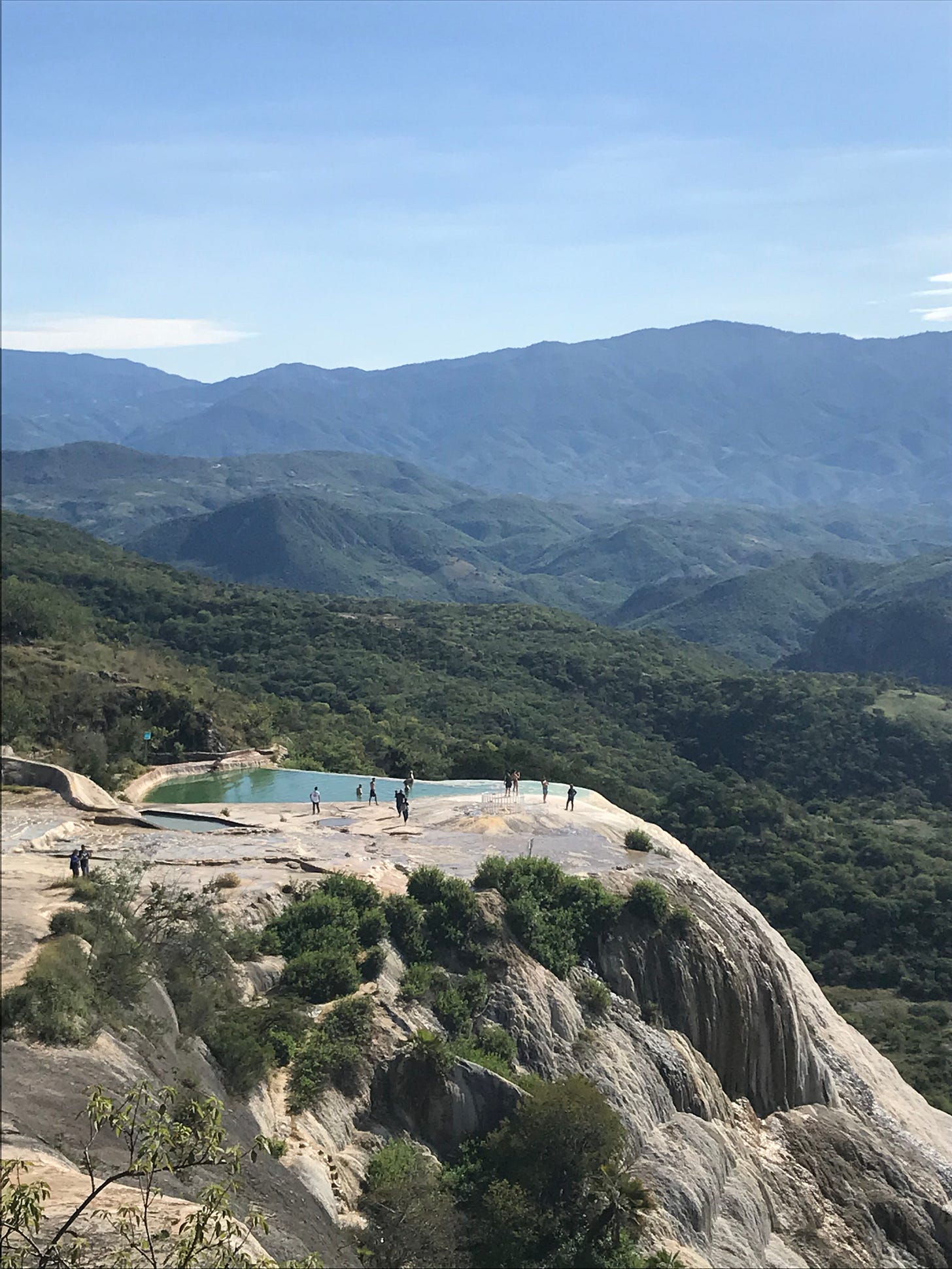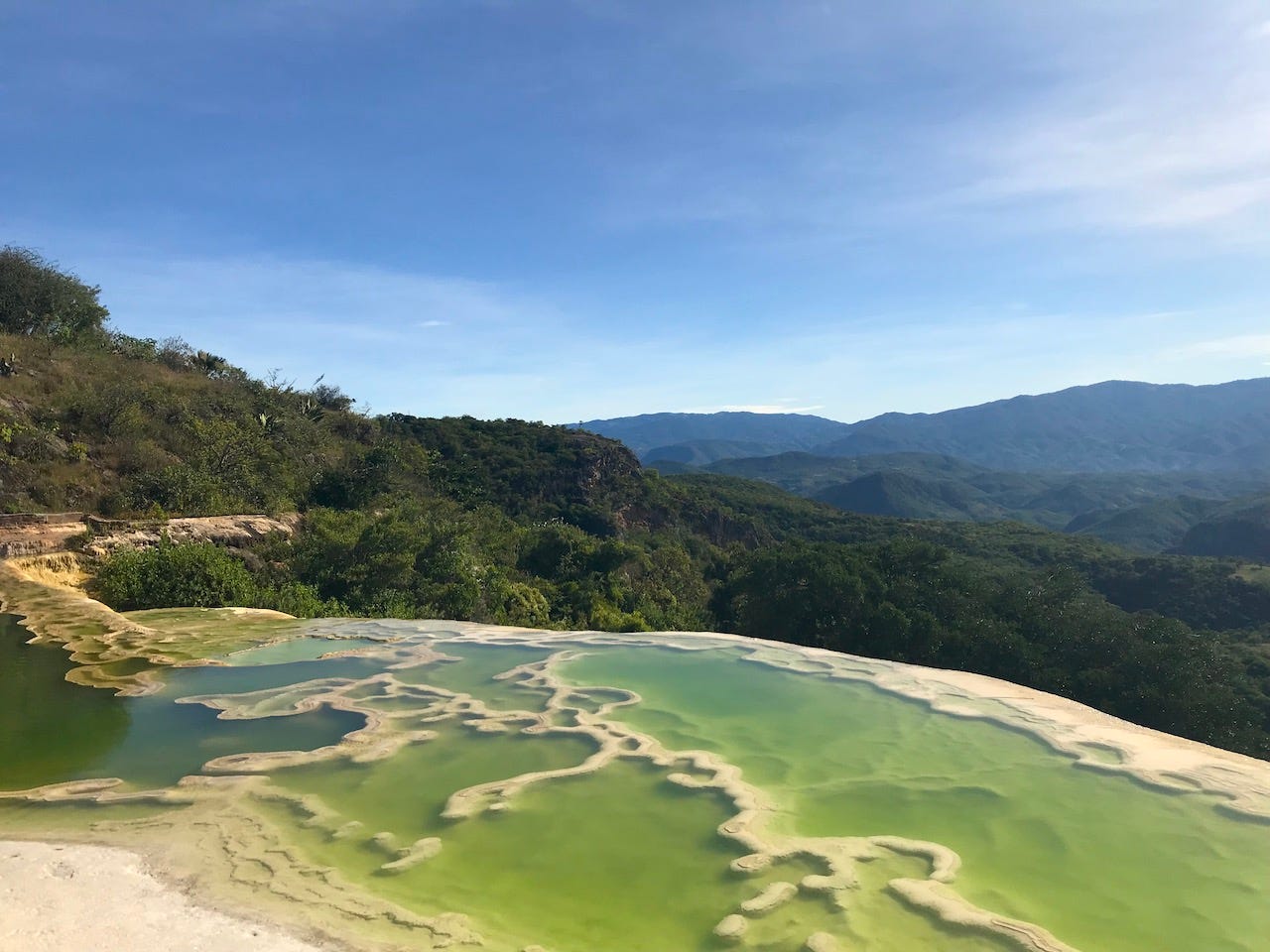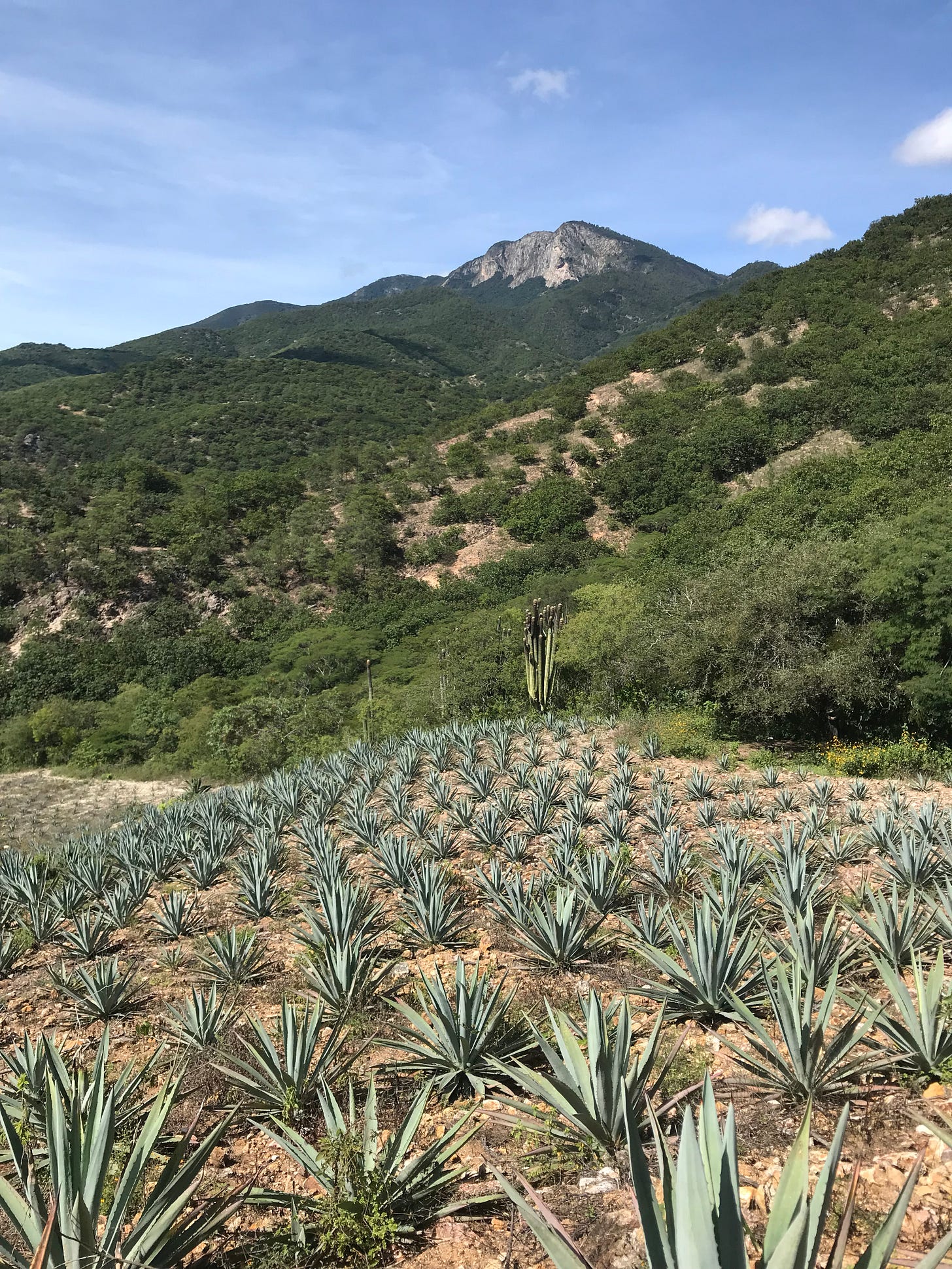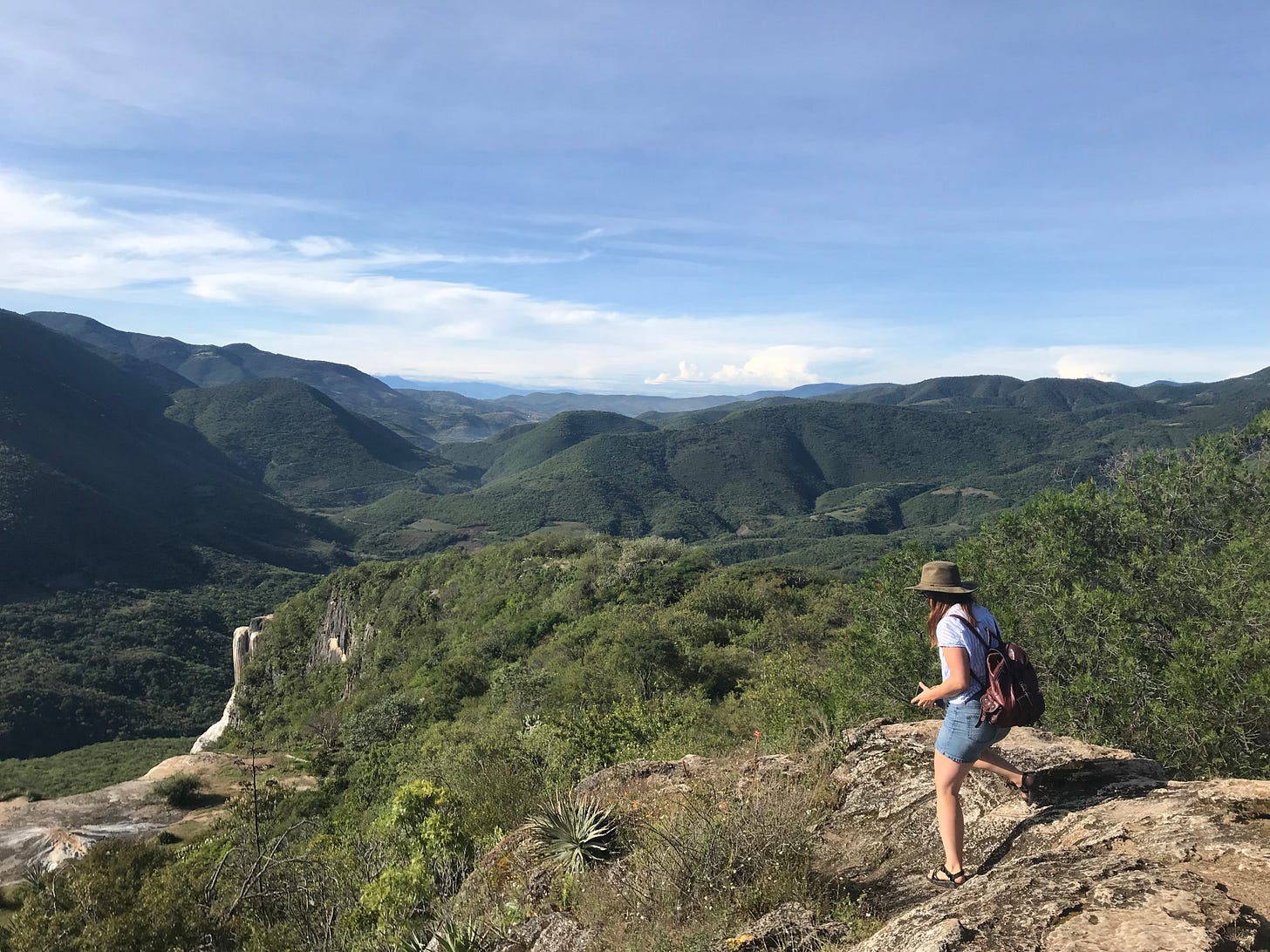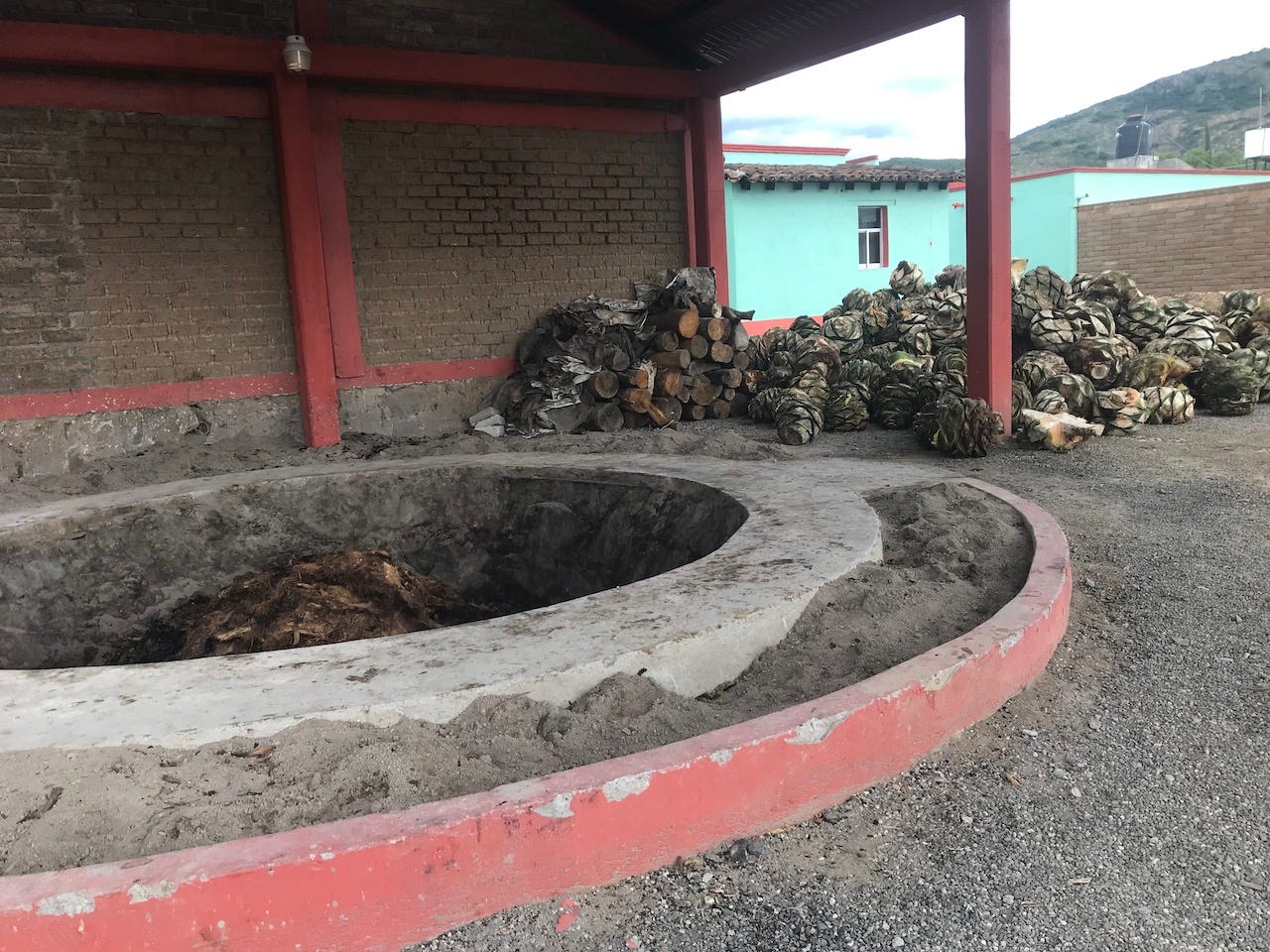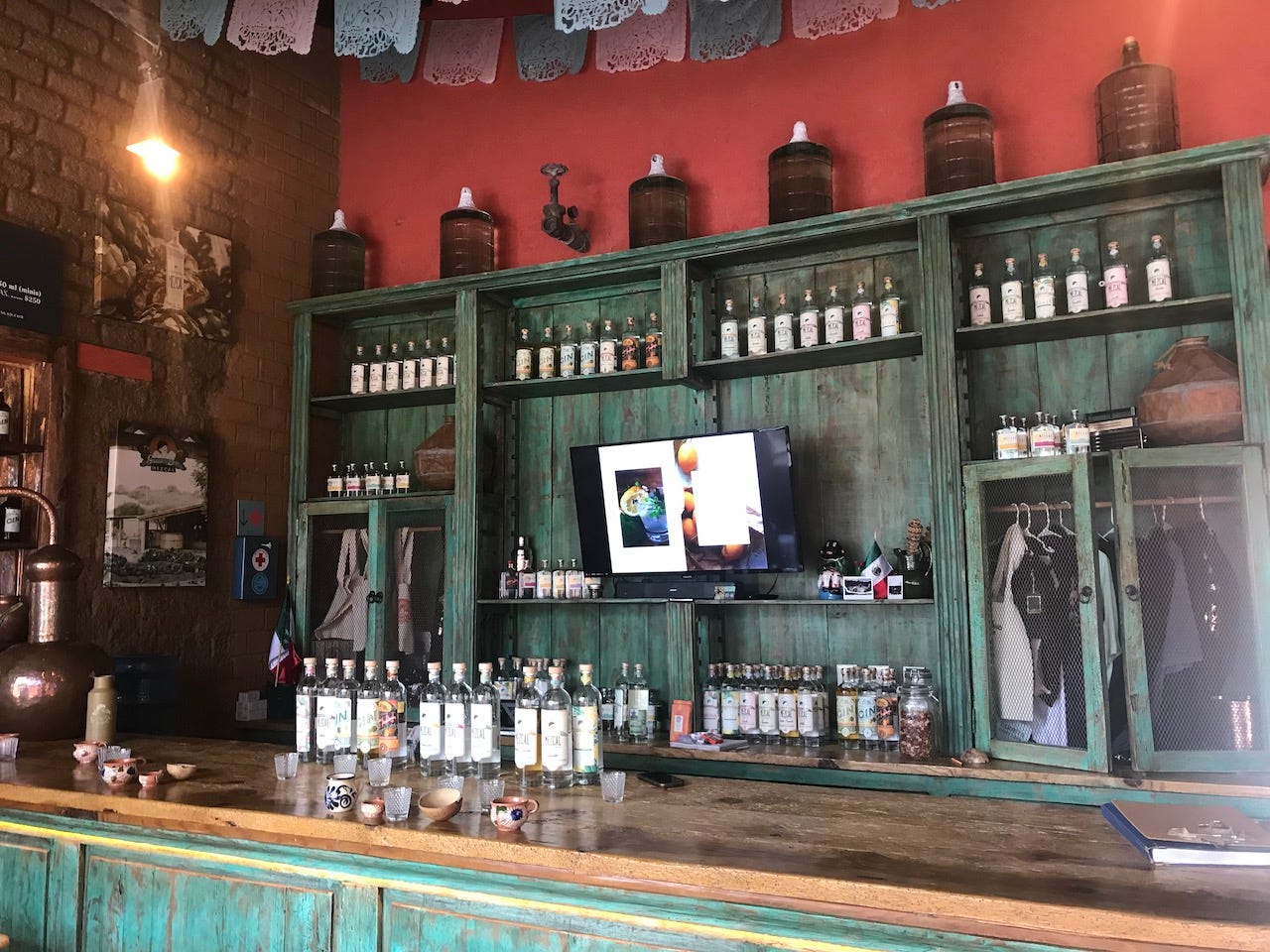“by removing the comfort zone and familiarities of daily life, old worldviews wither under the light of opened doors and new experiences.”
Hey reader,
Most of us can mark at least one or two very distinct paradigm shifts in our life. Moments or experiences that make you think, “Wow, I am never going to be the same.”
Here are a few of mine:
The first time I went to a Colorado Rockies game with my dad.
The first time I went to a punk rock show.
The birth of my daughter.
This week’s essay is a buildout of something I’ve wanted to write about for a long time. The primary catalyst was an experience I’ve referenced several times in Mountain Remote’s short history: the time I spent in Bali in 2017.
But that primary catalyst was the result of a number of smaller catalysts that combined to cause one of the biggest paradigm shifts I’ve experienced: the point where I knew I had fully grown up.
Not “grown up” like moving out of my parents’ house or taking care of myself or even buying a home. But in the sense that I knew with complete certainty that I did not want to continue with many of the activities and lines of thought that I had held onto throughout my adolescence and young adulthood.
I hope you’ll relate to this story. And, I’d love to hear about a similar paramount experience in your life. Hit “reply” and let me have it.
Community shout-outs
A warm welcome to the 10 new subscribers since the last edition of Mountain Remote! We’re welcoming many people now who I have not personally met — though I hope to one day share a beer or a powder run with you.
Thanks to the few people who responded to the last essay about cloud seeding. It seems that the common consensus among this group is that messing with mother nature is a certified ticket to failure — though cloud seeding hasn’t been proven to have that effect yet. If you missed this essay, it’s worth going back to check it out.
A personal stoke — I wrote an article for Lonely Planet in which I reported on a group of mountain bikers and hikers working to restore historic and remote Zapotec trails in Oaxaca, Mexico. I had the chance to get out on a hike with them alongside my wife Alisha in 2019. See below for this week’s Remote Focus section, which chronicles our traverse through the Sierra Madre mountains of southern Mexico.
And now, let’s shift some paradigms.
Remote Work & Travel Helped Me Become OK With Spending Time Alone
I used to go out all the time.
I was regular at last call, a certifiable lush that regularly condemned the very thought of an “early night in.”
Part of this stemmed simply from being young and social. Staying out late on a Tuesday, only to wake up hungover for that 8 am class the next morning, is totally acceptable when everyone you know is doing it.
But I also spent a decade playing in a punk rock band, which required so many nights out in dark bars that my perception of the early morning’s light was forever tinged by desperate attempts to avoid greeting it from the other side.
Between work, school, music, and a vibrant social life, I hardly ever spent quality time alone throughout my teenage years, my twenties, and into my thirties.
I was always doing something. All the time.
Even when I was “at home” I’d be surrounded by roommates or my partner — rarely if ever taking time for myself.
Now and then I would realize this, and inevitably chalk it up to being busy and young.
But that wasn’t the whole story.
The truth is that for me, being alone had always provoked anxiety. Without someone or something to distract it, my mind would run circles around a central thesis that, just maybe, I wasn’t content with who I was becoming or what I was doing.
It wasn’t until I’d nearly reached my 30s and began embarking on international and long-term travel that I learned how to gain headspace.
On the other side of the world, far removed from my social and societal bubbles, I finally became free to analyze who I was.
This forced me to admit that there was something more to life than being a part of everything. And that many of the ideals I’d long held true were slowly going the way of the buffalo.
Always doing stuff. All the time.
As a teenager and throughout my twenties, my vision of “epicness” was shaped almost entirely by what I saw in snowboard videos and heard through punk rock lyrics — and what I saw in the mountains and at the concerts, parties, and long car rides during which those lyrics were embedded into my brain.
I worked hard to bring that “epicness” to life. I chose a college specifically based on the criteria that I could snowboard almost every day. My top priority once there, other than hitting the hill, was to find people to start a band with.
The touring that band eventually managed to do, however limited, unintentionally opened the door to travel and a complete reshaping of what I wanted out of life.
This created the most profound mental shift in worldview I’d had since I spent four hours standing in awe at the first punk show I ever attended, at age 14. That night I knew, I felt in a way I couldn’t describe, that my life was never going to be the same. I’d finally found something that I related to so strongly that life seemed to have a new purpose.
It was something to learn about, to consume, to feign an understanding of.
I view travel as filling in a sort of digital map. With each new place I visit, my impression of that place comes into focus; what was before dark is now alive with color, and this adds more clarity — improved pixelation -- to my mental map of the world, and to my understanding of my place in it.
Much like that first punk show, seeing the world and the way people in it live very differently than I do, proved to be a major paradigm shift.
Travel helped to ground me in reality, and this eventually helped me become more comfortable being by myself
Trekking the rice terrace outside of Ubud
In 2017, 1.5 years into my marriage and one year after I’d first visited Southeast Asia on my honeymoon, I embarked on a solo trip built around a month in Bali, Indonesia.
This was my first experience with longer-term solo travel. I would later realize that preparing for and executing a six-week trip across the world gave me the confidence to trip plan and make decisions abroad on my own, and taught me to enjoy spending time with myself living out those decisions.
After a month in Bali, where I’d joined Outpost coworking and lived in a home with several other people, I headed off to Kuala Lumpur, Malaysia, and eventually Singapore, where in both places it was just me and my thoughts, alone in great big cities.
Important questions presented themselves constantly.
How do I rent a room in a foreign country?
How do I communicate with colleagues and clients on the other side of the world, when I’m 14 hours ahead of them?
How do I turn on this god damn motorbike I rented, so I can stop walking everywhere?
That last one stumped me for several days until I finally swallowed my pride and asked one of the other people living in the house for help.
That was the first of several embarrassingly bad travel moments on this trip.
PHOTO
But over the course of six weeks, I learned to be OK with being by myself, to actually revel in solo time.
Often, these times were humorously sloppy.
One night at the coliving house, while attempting to make evening tea in the dark, I ruined the tea kettle by putting it on the stove and melting its rubber base (sorry, Ibu). I was completely ignorant to the fact that the kettle had its own warmer, and ended up filling the bamboo-covered outdoor kitchen area with the foul-smelling smoke of burned rubber.
Fortunately, everyone else was asleep and no one noticed it was me.
Others — like when I hiked the deep-green terraced rice paddies of Campuhan Ridge at sunset and found the perfect teahouse waiting on the other side — were unforgettable moments of personal triumph.
My wife and I communicated via Skype and WhatsApp, not as much as she would have liked.
I spent time with new friends, but spent even more time learning how to be ok with being by myself. Fortunately, I had work to help me with this.
Working while traveling helps me feel grounded and stick to my routine
If social media were the ultimate lens into reality, it would appear that the digital nomad lifestyle and the remote work that makes it possible are the end-all, be-all of life’s ambitions.
The ability to work from anywhere, to set your own schedule, and to design your own lifestyle based on your passions rather than your job is — according to the Instagram hashtag #digitalnomad — the greatest way to live, no counterargument accepted.
Any who’ve spent any time at all on social media know that these networks are a filter of reality, a never-ending stream of high points and “look at me” moments intended to solidify the poster’s own insecure vision of him or herself as much as it is intended to desperately convince others that this vision is true.
I’m as guilty of succumbing to this desire as anyone else.
There’s more to how remote work fits into travel, though. We as humans are creatures of habit. Working while traveling helps me stick to my routine.
I’ve heard the argument that “travel is time to step away from the grind” and “why don’t you shut the laptop and relax.”
Even many long-term travelers pursue the “backpacker’s life” of hostel stays and frugal living intended to keep the need for actual “work” at a trekking pole’s distance.
That doesn’t work for me. I’ve noted before how I take satisfaction in being productive. I actually enjoy the work I do, and bringing it with me on the road helps me to feel grounded no matter where I am.
It provides consistency and a continued reason to look forward to the point where I do shut the laptop for the day.
That’s the best part of the whole “digital nomad” thing, if you ask me — the ability to blend your life into a yin-yang of how you want it to be, rather than having starkly different periods of “work” and “not work.”
If the only reason you’re able to get through each workday is because that day puts you one day closer to the next PTO holiday, it might be time to re-prioritize your lifestyle.
Travel, and working while traveling, helped me to develop a “life-in-perpetual-progress” routine that helps me minimize decision making surrounding packing, dress, and social engagement, and to better be prepared for the roller coaster that my career will inevitably always be.
In other words, it helped me figure out who the hell I want to be, and how I want to live.
A better angle of the rice terrace trek. Those colors — so vivid!
Travel helped me be OK with my changing self
It was on that solo trip that a line was drawn between who I was before and who I want to be going forward. Indeed, the self is always a work in progress, but by removing the comfort zone and familiarities of daily life, old worldviews wither under the light of opened doors and new experiences.
In Bali, I proved to myself that I still do believe in many of the things I’d long thought I did – that people are genuinely good, that the American way of life is NOT inherently better than any other, and that it is okay to follow your heart and do things other people (and yourself) think are crazy than to succumb to the expectations of others.
I felt fortunate to have a wife who understood my need to take that trip, and to do it alone, and who herself is always striving to be a better and stronger person.
Being in a faraway place with no discernible reason for being there other than to see what happened, allowed things to actually happen. And because I wasn’t rushing out to meet friends for the same night out we’d had 1,000 times before, these experiences — from summiting Mt. Batur, a 5,600-foot, active volconoe, at sunrise to dining solo at dozens of warungs (Bali’s small and cheap roadside cafes) — had the chance to leave an impact.
I discovered that thinking big picture — but acting in small, manageable steps — is the best way to enact major change in your life. The fact that I’d planned and executed this trip was proof of that.
But alone, in a quiet bedroom outside Ubud surrounded by rice paddies and monkeys who howled through the night, I also learned that I actually don’t believe in many of the things I’d held on a principled pedestal my entire adult life.
Namely, that you can’t always wing it and be ok, depending on split-second decisions and a “living for today” mentality.
Proper planning generally makes things better, and in the case of landing at a foreign airport without speaking the local language, it is essential.
And having all this time to think led me to replay the recent chapters of my life. I realized that throughout these phases I’d very likely demonstrated a profound lack of self-awareness, particularly when out on all those rowdy nights.
I counted no less than 10 times in social settings when I knew for certain that I’d been the fool. How many additional times had I embarrassed myself without even realizing it?
I taught myself to interpret this not as rigidity or regret but as mindfulness. Taking in what’s around, be that information or a gut feeling, and living each day based on what lies at the end of that thought.
I couldn’t have seen then how profoundly these changes would infiltrate my life. But, as with so many things, 2020 changed that. Under Covid quarantine at home, I was able to find a routine and quell the constant desire for activity in a way I never would have known before travel was a regular part of my life.
Diving into my head and remaining focused on work kept my ship straight.
Remote Focus
Destination: Sierra Madre mountains of Oaxaca, Mexico
Date: October 2019
Team: Coyote Aventuras guide Yesi Rojas, myself, my wife, Alisha, and two other trekkers who were from New York City.
Itinerary:
7:00 AM: Depart Oaxaca city in van
8:30 AM: Arrive in village of Xaaga for breakfast
9:30 AM: Arrive at Hierve el Agua
10:30 AM: Depart trailhead near Hierve el Agua for day hike. Follow trail down for one hour. Cut onto private property — with permission, supposedly — and through agave plantation, and merge onto another trail to hidden waterfall.
3:00 PM: Arrive at end of trail.
3:30 PM: Arrive at Gracias a Dios palenque for mezcal tasting
Check out my full feature on this expedition in Lonely Planet:
The quest to revive Oaxaca’s centuries-old mountain trails one hike at a time
This historic trail, once used by the Zapotec as a trade route between remote villages, cuts through these mountains
Hierve el Agua, a natural spring suspended in terpentine rock near the trailhead. Contrary to what the name suggests, the water is a mild 75 degrees.
Another view of Hierve el Agua.
Hierve el Agua from above.
Alisha and I make our way down a particularly steep section.
Cacti. So many cacti — everywhere.
The cafe where we ate breakfast. The best Memelitas I’ve ever had!
At Gracias a Dios palenque, agaves are crushed and fermented to produce mezcal. The crushed agave is roasted, which give the drink its “smoky” flavor.
And the finished product in the tasting room.








